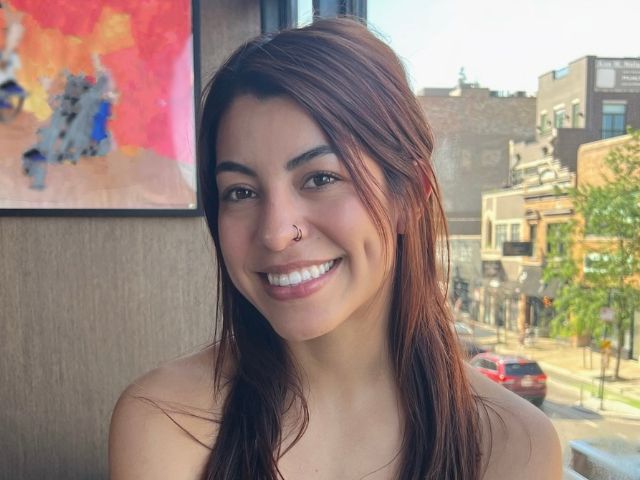Mission to Sapnawat
Five nursing practitioner students travel to Sapnawat to treat villagers
USD Associate Professor of Nursing Barbara Sarter is a frequent visitor to India. She holds a diploma in homeopathy from the British Institute of Homeopathy and spent six months in Calcutta in 2008, studying and conducting clinical research on homeopathic therapeutics at the PBH Research Foundation.
Her work there has sparked interest from a number of her students and in January, a group of five were able to travel to India with her.
The five nursing practitioner students made their way to the village of Sapnawat, two hours from Delhi, India’s second-largest metropolis. Their goal was to treat villagers and provide a community assessment on the needs of residents in the small agricultural community where Sarter’s husband is from and still has family. In just three days, the nursing students saw several hundred patients.
“We saw a lot of people with eye injuries, respiratory problems, heart disease, diabetes and musculoskeletal complaints, including back pain and knee injuries,” said Geoffrey Van Den Brande, an adult nurse practitioner student. “What struck me about the people of India was how hard they work and how much heavy manual labor they perform,” he said. Villagers cook over fires made with bricks of cow dung, Van Den Brande added, leading to respiratory ailments from smoke and pollution.
While many of the patients were treated with conventional medicines, the nursing students also learned about homeopathic remedies, the theory of alternative medicine based on the principle that a substance capable of causing a symptom pattern similar to the symptoms of the sick individual can be used in diluted form to treat that condition.
“After the first day, we had a team meeting with Dr. Sarter and she gave us a crash course on homeopathy treatments for the common cold, joint aches and eye problems,” said family practitioner student Amanda Cuellar. “It was very interesting and helpful to many patients as we heard from them later,” she said, adding that she hopes to look further into homeopathic remedies after graduation.
The students stayed with relatives of Sarter’s husband who prepared delicious meals and taught them “Bollywood” style dance moves. Everyone in the village was very welcoming. “It was an amazing experience,” Cuellar said.
Sarter said she came away from the trip with “enormous appreciation for the clinical skills, flexibility, positive spirit and war heartedness” of the students. “Our conditions were very challenging but each of the students was very creative in working without tables or chairs or beds.”
During the 17-day trip, the group also had the opportunity to visit many historical sites in the country, including the Taj Mahal. In Delhi, they also visited Lal Quila the 17th-century complex also known as the Red Fort and Raj Ghat a memorial to Mahatma Ghandi, along with the city’s wonderful street markets.
Both Cuellar and Van Den Brande said the memories and friendships made from the trip will last a lifetime and that the lessons learned will make them better practitioners.
“This trip has made me more aware of other cultures and how what they believe affects how they seek medical care and follow their treatment plans,” said Cuellar, who plans to work in a community clinic serving Hispanics in the Imperial Valley.
Van Den Brande said he hopes to work overseas in some capacity. “The work we completed in the village has helped me put all primary care into context. Even though we were on the other side of the world, the conditions people presented were not really unlike the conditions one might expect in the United States,” including conditions affecting the ages such as diabetes and heart disease. What was apparent, however, “was the difference in the type of lifestyle injuries they reported, such as back and knee injuries from squatting over a cooking fire, instead of the conditions common to those who have a sedentary lifestyle.”
— Liz Harman
The students created a blog to document their experiences. Click here to read.



